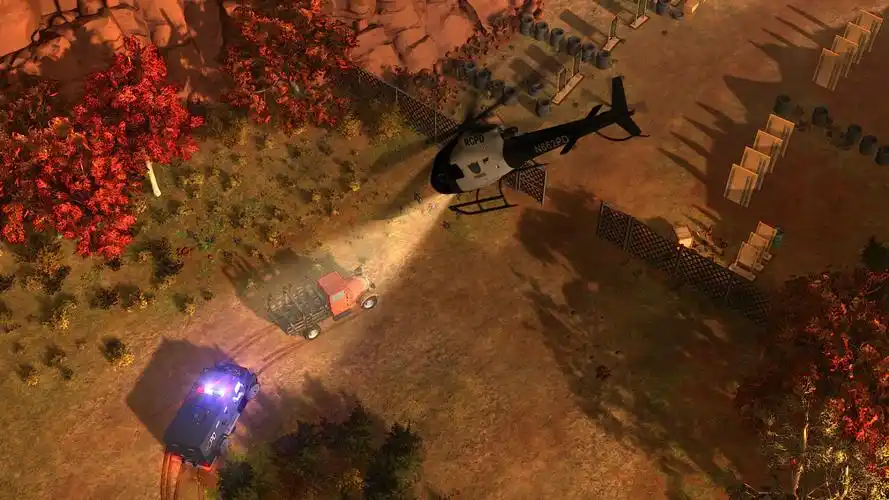The world of video game journalism moves at a breakneck pace. Headlines about the latest blockbuster release, shocking studio acquisition, or industry-shaking scandal flash across screens in an instant. For the average reader, these stories appear as fully formed nuggets of information, consumed and scrolled past in a matter of seconds. But what lies beneath the surface? The journey from a whispered rumor to a verified, published news story is a complex, meticulous, and often thrilling process. This is a behind-the-scenes look at the rigorous research that fuels deep game news.
Beyond the Press Release: The Foundation of Reporting
For many outlets, the starting point is the official press release or review copy. However, deep game news reporting begins where these sanctioned materials end. "The press release is the appetizer, not the main course," says veteran journalist Elena Rossi. "Our job is to ask the questions the PR document deliberately avoids. What was cut from the game? Why did the development timeline shift? What are the working conditions like? This is where real reporting starts."

This foundation relies on building and, more importantly, maintaining a network of trusted sources. These are not just faceless "people familiar with the matter." They are developers, artists, quality assurance testers, voice actors, and even middle managers spread across the globe. Cultivating these relationships takes years of ethical journalism, discretion, and a proven track record of protecting anonymity. A reporter's most valuable currency is trust—a source must be confident that sharing information won’t cost them their career.
The Digital Detective Work: Following the Data Trail
In an era of digital storefronts, regulatory filings, and LinkedIn profiles, a huge part of modern games research is digital detective work. Investigative reporters routinely comb through:
- SEC Filings and Corporate Documents: When a publicly traded company like Embracer Group makes an acquisition or a restructuring, the details are often buried in dense financial documents. Parsing these filings can reveal layoffs, studio closures, and strategic shifts long before they are publicly announced.
- LinkedIn and ArtStation Scouring: The career movements of developers can tell a silent story. A sudden exodus of senior staff from a studio often signals internal turmoil or the conclusion (or cancellation) of a project. Similarly, artists' portfolios on sites like ArtStation sometimes feature concept art or projects that have not yet been officially revealed, offering glimpses into a game's early development or cancelled ideas.
- Data Mining and Code Digging: For live games, data miners pore over updates, patches, and network packets, uncovering assets, characters, or features hidden within the code. While sometimes controversial, this practice has accurately predicted new content for games like Fortnite and Apex Legends months in advance. It’s a technical skill that requires an understanding of programming and asset structures.
- Domain Registrations and Trademarks: Companies often secure domain names and trademarks years before a project is announced. Keen-eyed reporters monitor these databases, often catching the first hint of a new title or rebranding effort.
Verification: The Unseen Wall of Integrity
In the rush to be first, the most crucial and time-consuming step is verification. A single uncorroborated tip is not a story; it’s a lead. "The rule is simple: two independent sources minimum for any major claim," explains David Chen, an editor at a major gaming outlet. "And 'independent' is the key word. They can’t be friends who heard it from the same person. We need separate accounts that corroborate the core facts."
This process involves circling back to the network, cross-referencing information with digital evidence, and often, sitting on a potentially explosive story until every conceivable angle is checked. In an industry rife with hype and misinformation, the reputational damage from publishing a false story is immense. The goal is not just to be first, but to be right. This often means watching a less-scrupulous rival break a story prematurely and having the discipline to wait until your own, more solid reporting is complete.
The Human Element: Ethics and Responsibility
Researching deep game news is not a cold, clinical process. It is fraught with ethical dilemmas. Reporters constantly balance the public's right to know with the potential human cost of a story.
Revealing a game's cancellation can devastate a development team that has poured years of their life into the project. Reporting on workplace misconduct requires giving the accused party a right to reply and handling sensitive victim testimonies with extreme care. The decision to publish is never taken lightly. The best journalists operate with a clear moral compass, understanding that their words can impact livelihoods and mental health.
The Final Product: Weaving the Narrative
Once the reporting is solid and verified, the final challenge is synthesis. A deep investigative piece isn't just a list of facts; it's a narrative. It involves weaving together timelines, financial data, human sources, and industry context into a coherent and compelling story. The writer must guide the reader through a complex web of information, making it accessible without dumbing it down, and impactful without resorting to sensationalism.
The final article that readers see is merely the tip of an iceberg. Below the surface lies months of quiet conversations, painstaking data analysis, difficult ethical choices, and a relentless pursuit of the truth. It’s a craft built on patience, technical skill, and an unwavering commitment to integrity. In a multi-billion dollar industry that captures the imagination of millions, these behind-the-scenes researchers and reporters play a vital role: they hold power to account, uncover the hidden stories, and provide a deeper, richer understanding of the art form we call games.















